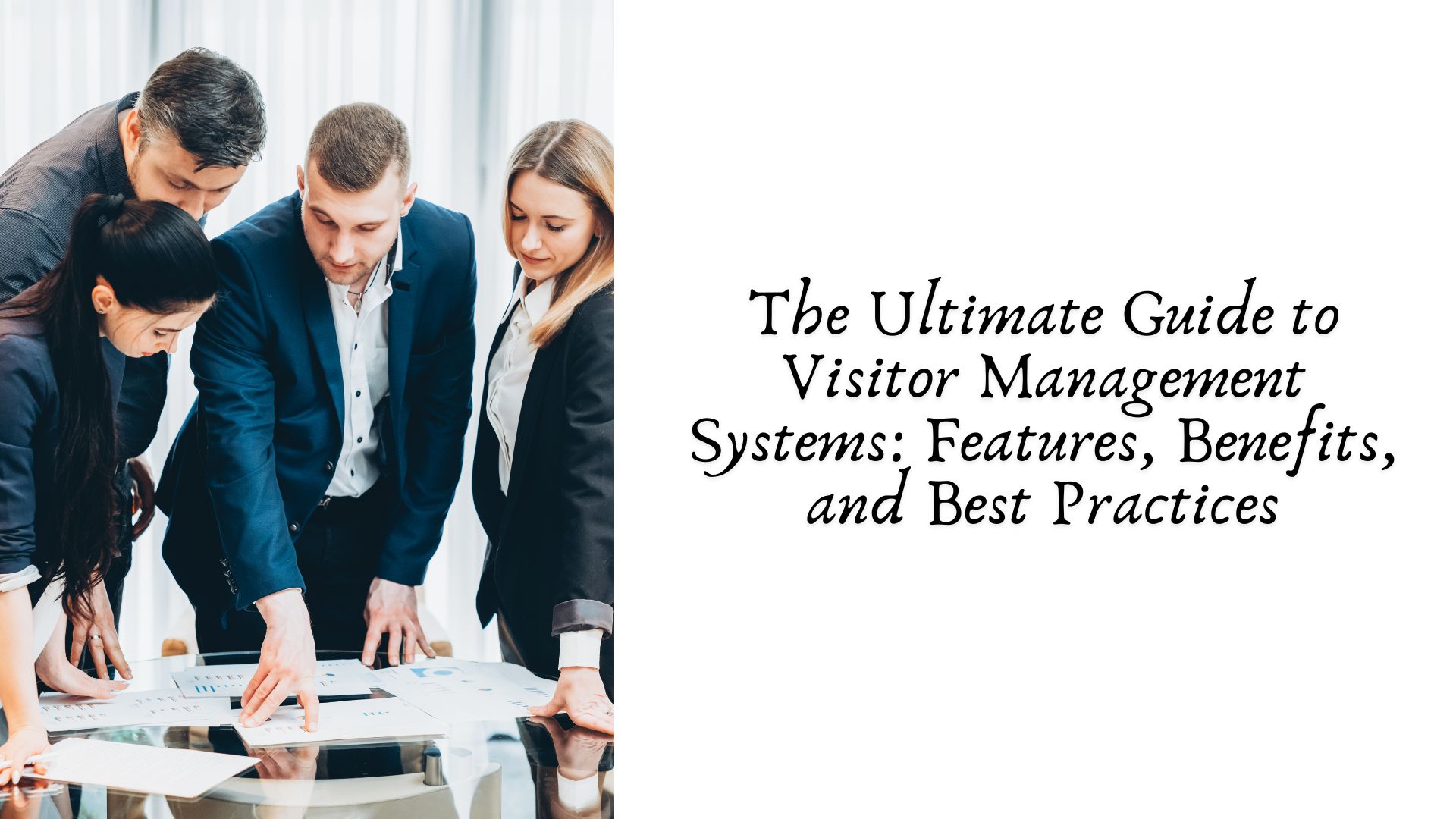Introduction
Visitor Management Systems (VMS) have become essential tools for organizations looking to enhance security, streamline check-in processes, and improve the visitor experience. Whether used in corporate offices, healthcare facilities, schools, or government buildings, a well-implemented VMS can significantly boost operational efficiency and safety. This guide explores the key features, benefits, and best practices for implementing a visitor management system in your organization.
What is a Visitor Management System?
A Visitor Management System is a digital solution that helps organizations track, manage, and document visitor activity. It replaces traditional paper-based sign-in logs with an automated, tech-driven approach, ensuring greater accuracy and security.
Types of Visitor Management Systems
- On-Premise VMS – Installed on a local server within the organization.
- Cloud-Based VMS – Hosted on the cloud, accessible from anywhere.
- Hybrid VMS – Combines both on-premise and cloud-based features.
Key Features of a Visitor Management System
Digital Check-In
A VMS allows visitors to check in via a kiosk, tablet, or mobile app, reducing the need for manual paperwork.
ID Verification
Advanced systems include ID scanning and verification to ensure only authorized individuals gain access.
Pre-Registration
Visitors can pre-register online, expediting the check-in process upon arrival.
Badge Printing
Instant badge printing allows visitors to be easily identified within the premises.
Notifications & Alerts
Hosts receive instant notifications when their guests arrive, enhancing communication and efficiency.
Integration with Security Systems
Many VMS solutions integrate with access control systems, CCTV cameras, and emergency alert systems for enhanced security.
Data Storage & Reporting
Organizations can store visitor data for audits, compliance, and analysis.
Compliance & Legal Documentation
A VMS can help organizations comply with legal and regulatory requirements by recording visitor logs, signed NDAs, and safety policies.
Benefits of Implementing a Visitor Management System
Enhanced Security
A VMS strengthens security by monitoring visitor activity, preventing unauthorized access, and storing digital records for future reference.
Improved Efficiency
Automating the check-in process reduces wait times and administrative workload, leading to a more efficient visitor experience.
Better Visitor Experience
A streamlined, contactless check-in process improves visitor satisfaction and reduces friction at the reception desk.
Regulatory Compliance
Organizations in industries like healthcare and finance benefit from compliance with industry regulations and data protection laws.
Customization and Branding
Many VMS platforms allow organizations to customize check-in screens, badges, and visitor flows to align with brand identity.
Reduced Paperwork
Digital visitor records eliminate the need for paper logs, contributing to eco-friendly and organized record-keeping.
Best Practices for Implementing a Visitor Management System
Define Clear Objectives
Determine why you need a VMS and what you aim to achieve, such as enhanced security, better compliance, or improved efficiency.
Choose the Right VMS
Select a system that aligns with your organization’s needs, budget, and integration requirements.
Train Staff and Users
Ensure reception staff, security personnel, and employees understand how to use the system effectively.
Implement a Contactless Solution
For enhanced safety, especially in healthcare and corporate environments, opt for a contactless check-in solution.
Integrate with Existing Systems
Seamlessly integrate the VMS with security, HR, and facility management systems for a cohesive experience.
Regularly Review and Update Policies
Conduct periodic audits to assess VMS effectiveness and update security policies as needed.
Ensure Data Privacy and Compliance
Adopt a system with robust data encryption and privacy controls to protect visitor information and comply with data protection regulations.
Conclusion
A Visitor Management System is a crucial investment for organizations seeking to improve security, efficiency, and the overall visitor experience. By selecting the right system and following best practices, businesses can enhance operational workflows and ensure a seamless visitor journey. Whether you’re a small business or a large enterprise, implementing a VMS can transform how you manage and track visitors on your premises.
